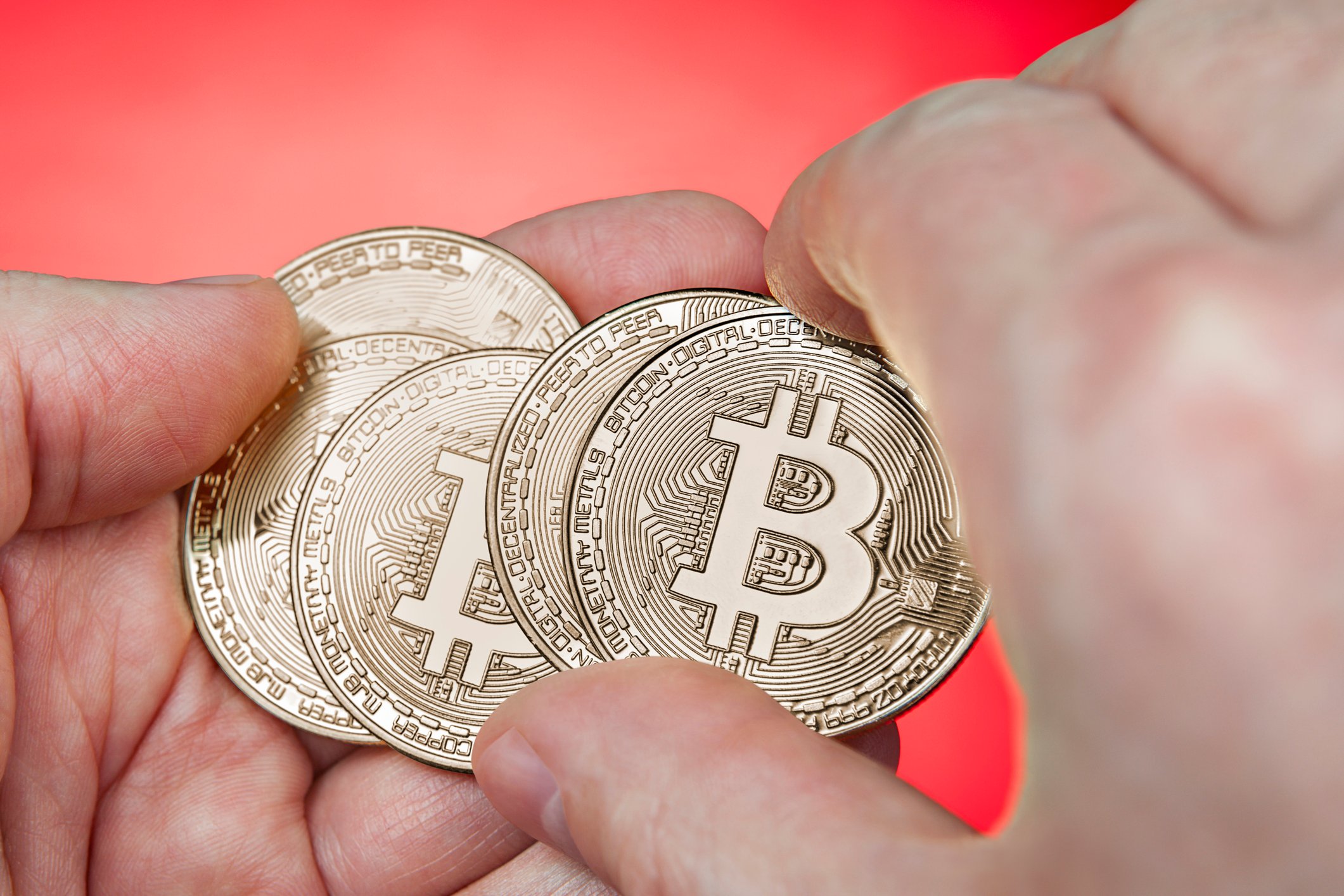If you've paid off your high-interest debt and set aside a substantial emergency fund, congratulations! You're now ready to invest. But before you put all of your retirement money into your favorite company's stock, remember that investing for beginners can be a steep learning curve.

Source: Wikimedia Commons
One of the most common mistakes I see from beginning investors is the penchant to shy away from "expensive" stocks -- generally those over $100 per share -- in favor of stocks with prices under $10. The thought process is pretty simple: "I could buy one share of a $100 stock, or I could buy 20 shares of a $5 stock. I think owning 20 shares is better than one."
In reality, there's absolutely no reason to take this approach, and in the long run it will likely prevent some of the world's best companies from earning a place in your portfolio.
Let's do a little math
Let's say you have $500 to invest. You do your research and find two companies that you're considering investing in. Company A has a product that you like, and management that you believe in, but its stock runs at about $500. Company B is mediocre, and you're not a huge fan of its products, but its stock only costs $5 per share.
You decide to buy shares of Company B based on thinking that goes something like this:
|
|
Stock Price |
Shares Bought |
|---|---|---|
|
Company A |
$500 |
1 |
|
Company B |
$5 |
100 |
You inherently feel better owning 100 shares of something than one measly share. But the error in thinking is that when you consider such an approach, you should include a third column in your mind.
|
|
Stock Price |
Shares Bought |
Total Money Invested |
|---|---|---|---|
|
Company A |
$500 |
1 |
$500 |
|
Company B |
$5 |
100 |
$500 |
No matter the choice, your investment is exactly the same. You are putting $500 of your own money into owning a piece of a company. Whether that means you have one share or 100 shares means very little.
Price-to-earnings ratio
Here's where investing for beginners gets real tricky. What if Company A was earning $25 of profit for every share on the market, while Company B was earning just $0.01 for every share?
Then, Company A would be trading for 25 times its earnings -- or with a P/E of 25 -- while Company B was trading for a much more expensive 500 times earnings.
|
|
Stock Price |
Earnings per Share |
Price-to-Earnings (P/E) |
|---|---|---|---|
|
Company A |
$500 |
$25 |
20 |
|
Company B |
$5 |
$0.01 |
500 |
Looking at things this way, Company B's stock is actually 25 times more expensive than Company A's -- even though the price of the stock may have you believe otherwise.
An example from real life
Let's say you want to start investing in smartphones right now. You have $1,000 and have narrowed your choices to Apple (AAPL 0.07%), Nokia (NOK 0.76%), and Research In Motion's BlackBerry (BBRY 1.39%).

Here's what your options look like:
|
Stock Price |
Shares Bought |
Total Money Invested | |
|---|---|---|---|
|
Apple |
$480 |
2 |
$960 |
|
Research In Motion |
$8.00 |
125 |
$1,000 |
|
Nokia |
$6.50 |
153 |
$995 |
Source: Google Finance
Again, it seems appealing to go for Nokia because you can buy 153 shares, but when you look at the total amount of money invested the differences between these three investments is negligible.
Furthermore, by looking at each company's P/E we get a much better picture of what we are paying for.
|
Stock Price |
Earnings per Share |
Price-to-Earnings (P/E) | |
|---|---|---|---|
|
Apple |
$480 |
$40.11 |
12 |
|
Research In Motion |
$14.50 |
($1.80) |
N/A |
|
Nokia |
$4.82 |
($0.44) |
N/A |
Source: Yahoo! Finance
Even though Apple's stock is more than 30 times as expensive as Research In Motion, and 100 times as expensive as Nokia, it's still much cheaper when viewed from the standpoint of earnings. Nokia and Research In Motion -- which have lost substantial market share to Samsung and Apple -- haven't even turned a profit in the last 12 months!
On top of that, both of these laggards have already agreed to be bought out, so buying shares now would yield very little gain. Apple, on the other hand, just released a cheaper iPhone that many people thought would be a bust, but ended up selling like hotcakes.
Take the most important step of your financial future








